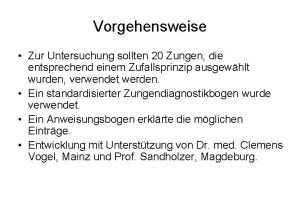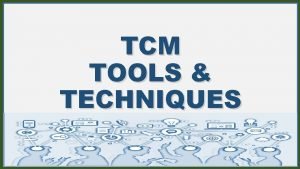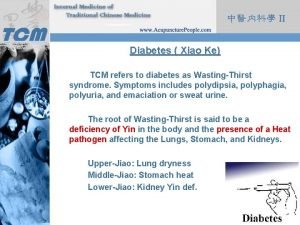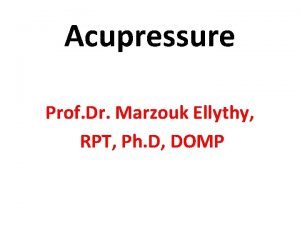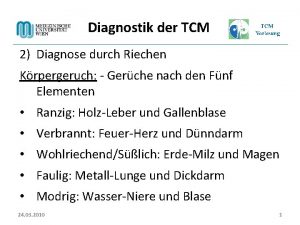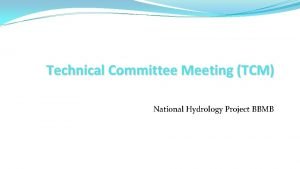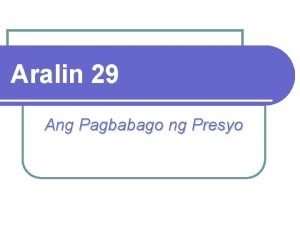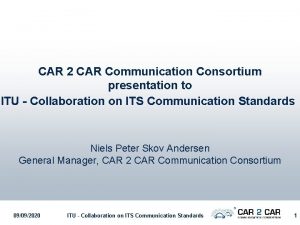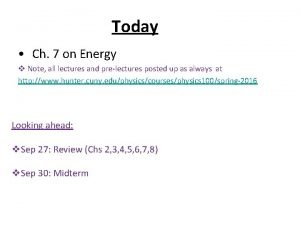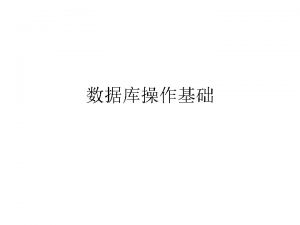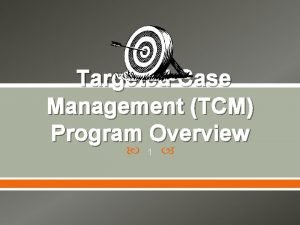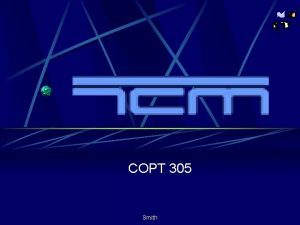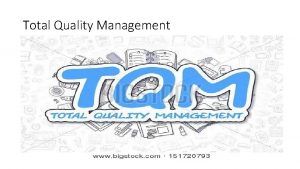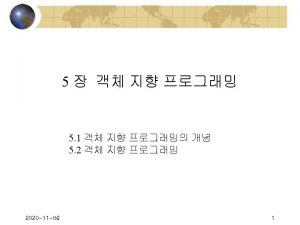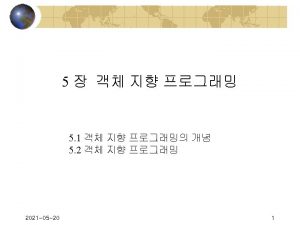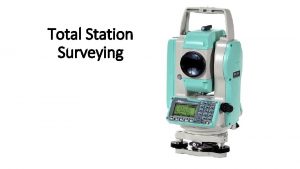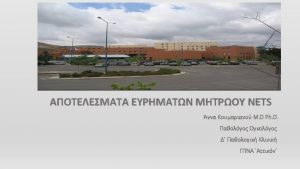Total Car Management TCM 2008 Total Car Management















- Slides: 15

Total Car Management “TCM” 2008

Total Car Management What is it? • TCM is an automatic freight car distribution system – Developed internally, starting in January 2004 – Transitioned one car type at a time, starting with centerbeam flatcars and plain boxcars in 2005 – Uses an optimizer engine to solve for a network solution – Uses a rank and target paradigm in the customer profiles to allocate equipment during shortages

Total Car Management • TCM flows cars based on ‘known’ demand applies cars to orders prior to serving yard – – – Generates demand-based car flows Groups cars by similar characteristics Dynamically assigns cars to customer orders Monitors empty equipment enroute to shippers Identifies failures and takes corrective action Provides ‘Alerts’ and Reports for managing fleets

Total Car Management • TCM is used to manage the market based fleet segmentation and allocation logic for premium equipment – Redefine fleet using market-based product definitions in GENESIS –our rating system – More generic car type products allow for a greater supply of suitable equipment – More generic car type products improves utilization and enhances optimization – Marketing authorizes products for customer orders – Limited special orders prevent customers from “cherry picking” cars

Product Catalog Lookup

Total Car Management Functional Features • Considers empty return costs in determining use of foreign cars to meet demand or be returned home • Determines expected transit times in moving cars from supply points to demand points • Reserves loaded cars and future interchanges as possible car supply • Re-evaluates ETA changes • Receive real time updates on demand, as orders are created, modified, or cancelled • Receive real time updates on supply, as empty cars are released and interchanged

Total Car Management Functional Features • • Cars defined by physical characteristics in GENESIS Only specific car characteristics can be included/excluded Shippers are ‘authorized’ for specific products Customer order patterns based on authorized equipment Only authorized equipment will be supplied Allows car substitution that supports marketing strategy Ranks and weekly allocation Targets (RATS)

Total Car Management What’s new? • Backpressure logic (customer) – Linked to Customer Inventory Management System (CIMS) – Prevents congestion by reducing flow to customer locations – Reduces orders when imbalances occur between orders and loadings • Re-think (network) – Ability to re-think decisions based on better supply alternatives – Quick Disposition on empty releases that schedules cars to serving yard • Emergency Re-positioning (geo area) – Cut off flow to troubled areas – weather, congestion – Audit trail for preventative actions – Restore demand flow

Past • • TCM Shippers can create own product definitions Shippers capture value & increase UP’s cost’s by customized orders No M&S ability to extract value from fleet Customer prioritization by “squeaky wheel” No allocation planning for shortage “share the pain” • “Catalog” of standardized products • Ability to charge for what customers value & offer price/value trade-off’s • Customers prioritized by value to UP • Car’s allocated to maximize reinvestability Car flows are “pushed” to where we think demand will be. Cars are manually matched with orders in specific territories No proactive correction of car supply failures • • Demand “pulls” cars Automatic assignment with lowest cost solution System proactively corrects for failures Tactical/Transaction Focused • Strategic/Value Focused






ANY QUESTIONS? ? ?
 2008 2008
2008 2008 If car a passes car b, then car a must be
If car a passes car b, then car a must be Zungenvenen gestaut
Zungenvenen gestaut Tung shin hospital chinese medical division
Tung shin hospital chinese medical division Tcm tools
Tcm tools Dr huafeng shen
Dr huafeng shen Cun measurements tcm
Cun measurements tcm Programme tcm
Programme tcm Schwacher puls tcm
Schwacher puls tcm Tcm technical committee meeting
Tcm technical committee meeting Dr william zhao
Dr william zhao Ano ang tinimbang na presyo
Ano ang tinimbang na presyo Car 2 car consortium
Car 2 car consortium A 1000 kg car and a 2000 kg car is hoisted the same height
A 1000 kg car and a 2000 kg car is hoisted the same height Ipam asm
Ipam asm Server management studio express
Server management studio express


